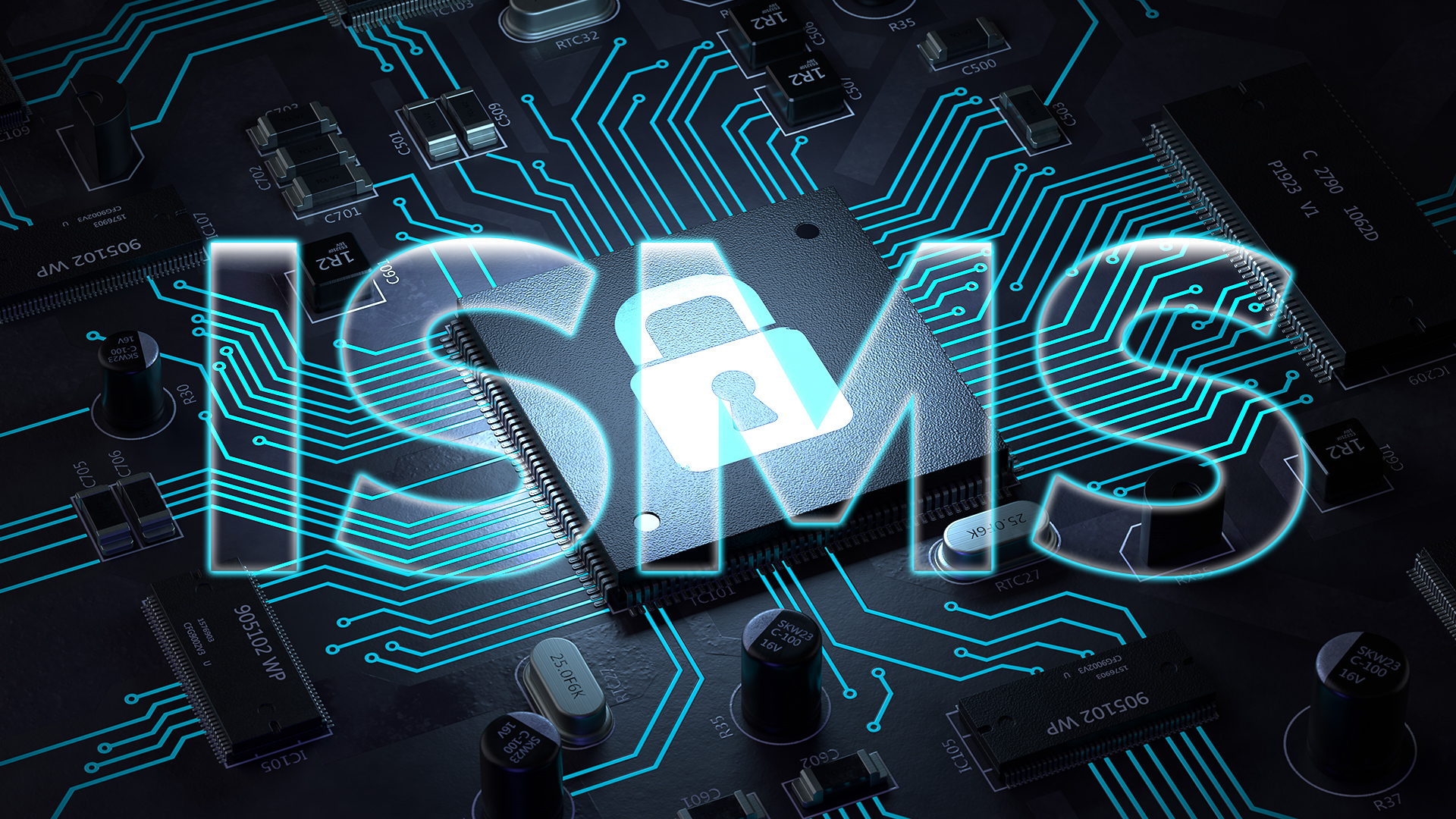How do you Identify and Then Manage Your ISMS Scope?
 Wayne McCaw
Wayne McCaw
The basic question is: What is the scope of managing the security of the organization's information assets?
The scope of managing the security of an organization's information assets refers to the boundaries and extent of the activities, assets, and processes that are included in the security management efforts. It defines what is covered by the security management program and what is not.
The scope typically includes all information assets within the organization, such as databases, systems, networks, applications, documents, and intellectual property. It also encompasses the related processes, technologies, and personnel involved in handling, storing, processing, and transmitting those assets.
When determining the scope, it is important to consider the organization's overall objectives, the nature of its operations, and the potential risks and threats it faces. The scope may vary depending on factors such as the size of the organization, the industry it operates in, regulatory requirements, and the sensitivity of the information being protected.
Clearly defining the scope helps ensure that all relevant assets and processes are included in the security management program. It allows for a focused and systematic approach to identifying and addressing security risks, implementing appropriate controls, and monitoring the effectiveness of security measures.
Additionally, defining the scope helps establish boundaries and communicate the responsibilities and expectations to stakeholders, including employees, contractors, and third-party service providers. It provides a clear understanding of what is within the scope of security management and what falls outside of it.
Regular review and reassessment of the scope is essential to account for changes in the organization's structure, operations, technologies, and the evolving threat landscape. It ensures that security measures remain aligned with the organization's needs and effectively protect its information assets.
What is scope?
Yes, you're correct. When defining the scope of information security, it is essential to consider various characteristics of the organization and clearly state what is included and excluded within the scope. The listed characteristics such as processes, technology, departments, physical locations, people, services, and third parties should be thoroughly assessed to determine their boundaries and whether they fall within or outside the scope.
In some cases, certain characteristics may be explicitly included within the scope without any exclusions. For example, if you state that "all physical locations are included," it implies that there are no specific exclusions related to physical locations.
However, in other cases, there may be a need to define both the inclusions and exclusions for a particular characteristic. For instance, you may include certain departments within the scope while excluding others due to their specific roles or nature of operations.
By providing a clear and justified description of what is included within the scope and what is excluded, organizations can effectively communicate the boundaries of their information security efforts. This helps avoid any misunderstandings or gaps in security coverage and ensures that all relevant aspects of the organization are appropriately addressed in terms of information security management.
It is particularly important to state a justification for something being excluded from scope so that anyone reading the report understands the reason for the exclusion.
Scope needs to be considered in various aspects of information security management. Here are some key areas where scope should be addressed:
Information Security Efforts: Determine the scope of your information security management system (ISMS). Consider whether it should cover the entire organization or be broken down into smaller component parts. This could involve focusing on departments handling sensitive information or specific business processes generating significant revenue. Define the boundaries of your ISMS to ensure effective coverage and resource allocation.
Risk Management Program: Define the scope of your risk management program. Consider which areas of the business need to be assessed for risks and set the scope accordingly. This includes identifying the assets, processes, and functions that will be subject to risk assessments. The scope should cover the duration of your risk management program, which may span several years.
Internal Audit Program: Determine the scope of your internal audit program. Similar to the risk management program, identify the areas of the business that will be audited and set the scope accordingly. This includes specifying the processes, functions, and controls that will be subject to internal audits. The scope should align with the objectives of your audit program.
In each case, it's important to establish a sensible, achievable scope that aligns with your goals and available resources. Start with a scope that is meaningful and realistic, and then consider expanding it as your approach matures. This iterative approach allows you to focus on key areas initially and gradually extend the scope over time.
If your goal is ISO 27001 certification, it's crucial to work with an ISO 27001 consultant to define a scope that is suitable for certification. This scope should cover the relevant aspects of your organization's information security management and be in line with the requirements of the ISO 27001 standard. An experienced ISO 27001 consultant can guide you through the scoping process, helping you identify the necessary controls, processes, and systems that need to be included within the scope.
As you collaborate with an ISO 27001 consultant and gain experience, you can improve your information security practices and consider expanding the scope to include additional areas or functions within your organization. The consultant can provide valuable insights and recommendations on how to effectively expand the scope while maintaining compliance with the ISO 27001 standard.
Subscribe to my newsletter
Read articles from Wayne McCaw directly inside your inbox. Subscribe to the newsletter, and don't miss out.
Written by

Wayne McCaw
Wayne McCaw
I'm an experienced Information Security professional with huge experience of both in-house and private practice. Possessing a thorough understanding of the key drivers behind effective IT and Information Security solutions.